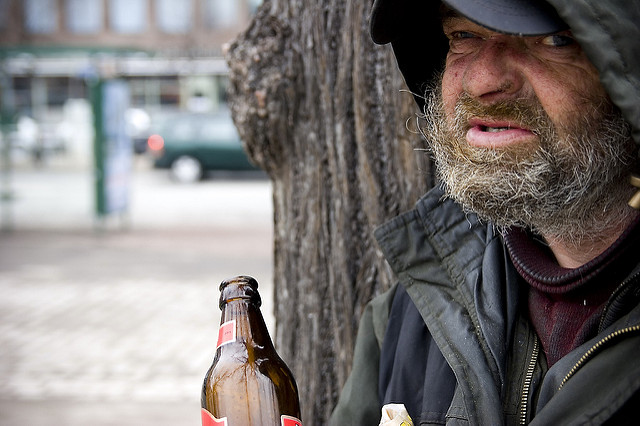Poverty and Hunger in Finland

In America, Finland (along with its fellow Scandinavian nations) is often portrayed as a utopia bereft of human suffering and a model for the rest of the world. The simple truth, however, is that economic troubles in Finland are real, and the nation has had its own set of struggles in the wake of the Great Recession.
The Finnish labor market has experienced three recessions since the 2007-2008 financial crisis. Business Insider reports that Finland suffered the worst economic contraction of any Eurozone nation during that same crisis. The country’s public debt doubled to more than 60 percent of its GDP by 2015.
According to Eurostat, as of August 2017, Finland’s unemployment rate stood at 8.7 percent. That number is not bad, but could be better. Today, 35 percent of Finland’s unemployed are long-term unemployed, representing a significant challenge for the nation as a whole.
However, the potential for these issues to cause poverty and hunger in Finland has been mitigated by the nation’s public welfare system. No one in Finland lives below the international poverty line due to a wide net of benefits covering both the young and the old. According to OECD data, the poverty rate ratio is only 0.04. Social spending at 30.8 percent of GDP and a well-funded, efficient public schooling system undoubtedly contribute to these successes. And there are other innovative ideas as well.
Those who pay close attention to American politics will know that 2016 Democratic presidential candidate Hillary Clinton recently revealed that she considered running on a platform of universal basic income, a plan she scrapped because she could not make the numbers work. Earlier this year, the Finnish government started a test run for that very same idea.
Finland’s idea was to give 2,000 Finns ages 25 to 28 who had been unemployed for a year or more, or had less than six months of work experience, a monthly subsidy of €560 for two years, regardless of whether they found work.
However, after a government pushing austerity came to power, the trial size was cut to one-fifth of the original plan, making it too small to be scientifically useful, and regular social programs were scaled back, making it even more difficult to measure the program’s effects. The program may or may not help alleviate poverty and encourage economic growth, but it will be hard to know given the small sample size and lack of controls. Still, the presence of ideas like this show a healthy willingness to experiment by trial and error.
Earlier this year, the Finnish central bank affirmed that Finland finally seems to be emerging from the Great Recession. The bank forecasts that this year will see exports recover and GDP growth reach 1.3 percent, in part due to the Competitiveness Pact signed last year. Strong social programs, powered by economic activity inherent in free and open markets, will hopefully keep poverty and hunger in Finland at a historic low.
– Chuck Hasenauer
Photo: Flickr
